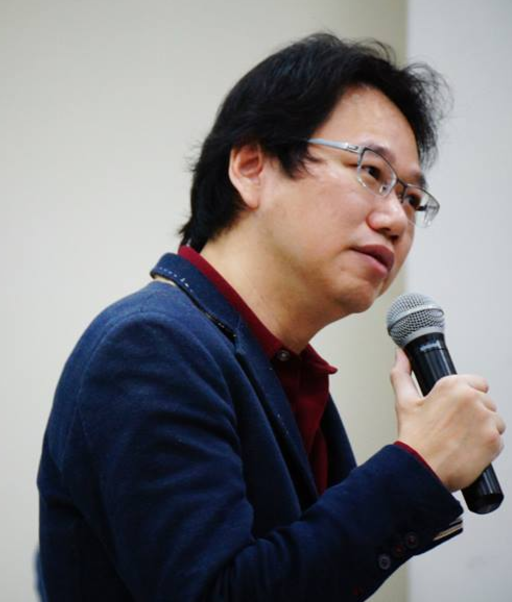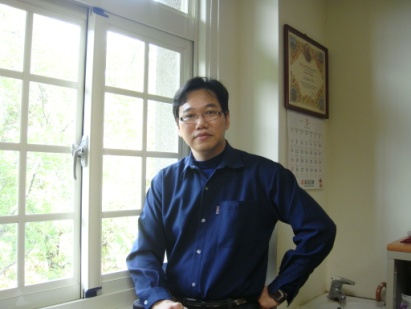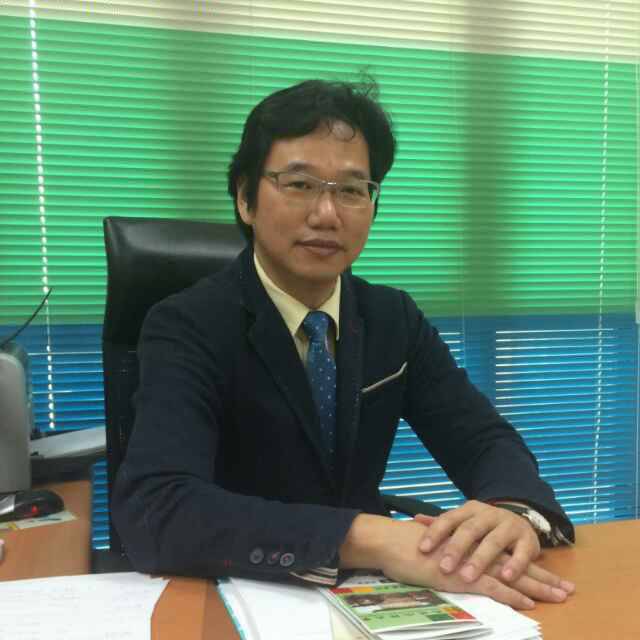TOH HOCK AN (卓福安) Curriculum Development Committee of Language Education Guidance Group for New Immigrants, K-12 Education Administration, Ministry of Education (教育部國教署新住民語文教育輔導團核心增能課程研發委員)
People frequently discuss the need to immediately acquaint foreign students with Taiwanese culture and language in order to help them overcome obstacles in life and at school while speaking about foreign students from Southeast Asia. This article aims to examine the challenges experienced by foreign students from Southeast Asia who come to Taiwan to study as well as the benefits of them from many angles.
Language and professional knowledge acquisitions are the biggest learning obstacles for foreign students from Southeast Asia. The primary teaching language and instructional materials in Taiwan are Chinese. It is more challenging for them to listen to lectures since they have less time to master the language. They must thus study Chinese while using Chinese to acquire professional information. For instance, it has been observed that foreign students frequently struggle to comprehend the material covered in class while speaking at the standard teaching pace. Since Chinese is an ideographic language, it is challenging to relate the sounds heard to the text; thus, we must rely only on tutoring and review sessions after class. It takes a long time to review each session, and learning demands a strong sense of patience.

TOH HOCK AN (卓福安) Curriculum Development Committee of Language Education Guidance Group for New Immigrants, K-12 Education Administration, Ministry of Education (教育部國教署新住民語文教育輔導團核心增能課程研發委員).Photo provided by TOH HOCK AN (卓福安)
The actual course also includes the application of technical terms in addition to general language communication. Currently, the six hours of weekly Chinese classes offered by colleges or Chinese language centers serve as a daily linguistic and cultural foundation. Additionally, there is a dearth of academic Chinese, mathematical Chinese, professional Chinese teaching, and other professional Chinese teaching to satisfy the demands of institutions. It is currently unable to satisfy the demands of foreign students in terms of language study.
It's still a common misconception that teaching in English will help foreign students with their academic difficulties. English teaching is not a panacea, though, as Southeast Asia is made up of several nations, and the English competence of foreign students varies as well. It may be tried to increase the number of Chinese learning hours and enhance the professional Chinese instruction in an effort to lessen the problems that foreign students have learning Chinese, in addition to boosting their learning motivation.
Read more: Disruption and Rebirth of the Post-pandemic: the Aging Future of New Immigrants

TOH HOCK AN (卓福安) Curriculum Development Committee of Language Education Guidance Group for New Immigrants, K-12 Education Administration, Ministry of Education (教育部國教署新住民語文教育輔導團核心增能課程研發委員).Photo provided by TOH HOCK AN (卓福安)
The difficulties raised above relate to the challenges Southeast Asian foreign students face while studying in Taiwan. However, foreign students from Southeast Asia still have advantages over native students.
Southeast Asia is a market that is expanding quickly, and Taiwan has to learn more about the regional culture in order to expand its economic potential. Southeast Asia's foreign students are better knowledgeable about the region than its native students. Students from the region can gain a detailed understanding of a variety of Southeast Asian elements through real-world experience, cultural interactions, and mutual learning.
First of all, practically all Indonesian educational resources are written in Bahasa Indonesia, which makes it challenging for Taiwanese students to learn but much simpler for Indonesian students studying abroad. Second, while teaching a language, it's important to comprehend the culture as well as the vocabulary and grammar. Students from Indonesia studying abroad have a basic awareness of Chinese culture in addition to Indonesian culture, so they are aware of the cultural distinctions that Indonesians need to be aware of when learning Chinese. Third, Indonesian foreign students have access to government papers and resources to conduct conversations in order to have a greater grasp of Indonesia's policies regarding the teaching of Chinese. Researchers in Taiwan will be able to learn more about the background and governing principles of Chinese language instruction in Indonesia by analyzing first-hand sources. Chinese instructors in Taiwan find these articles on topics like the development and peculiarities of the Chinese language to be quite useful.
Even though Southeast Asian students' Chinese competence may initially be a little lacking in Taiwan, if they have been studying there for some time, it is not difficult to advance to the level of fluency. Students from abroad are also fluent in the language and culture of their native nation. During the learning process, foreign students from Southeast Asia can interview significant local residents through local contacts in addition to utilizing the local language if they need to complete surveys or interviews for particular projects or papers and this is what ordinary Taiwanese students cannot accomplish.
By learning the language and culture of foreign students or new immigrants, Taiwan may further go out into the globe and connect with the world at this time of urgent need for internationalization.







